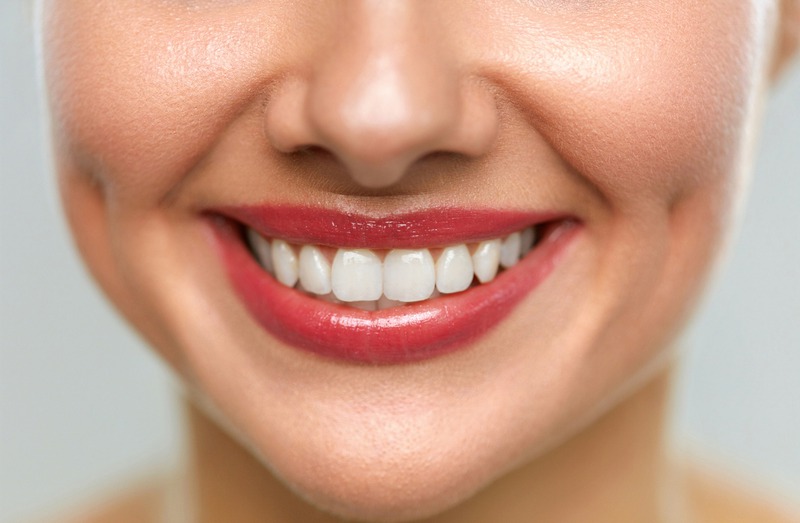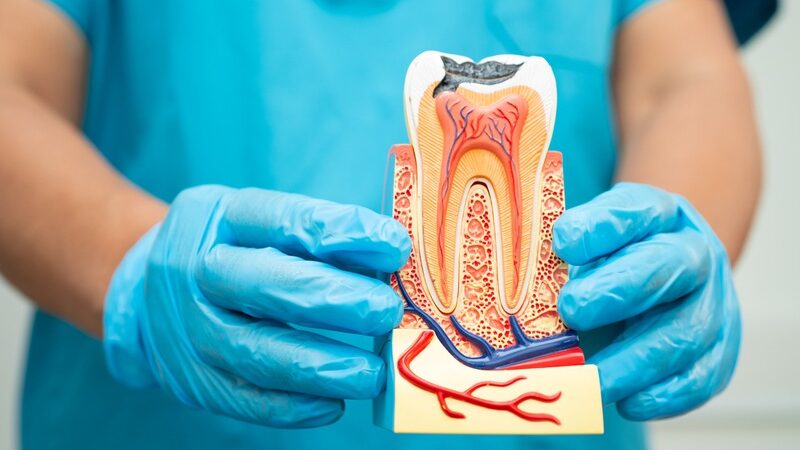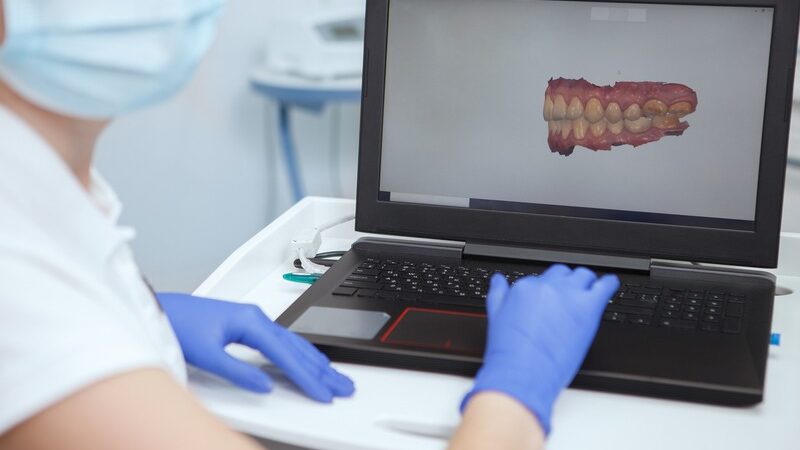Considering Invisalign to achieve a straighter smile is an exciting step. For many, the idea of correcting dental issues without the visibility of traditional braces is appealing. However, knowing what lies ahead during and after the treatment is crucial for setting expectations. This article will guide you through the Invisalign process, offering practical advice to make the journey smoother and outlining post-treatment life.
Treatment Journey with Invisalign
The journey begins with an initial consultation where a provider assesses your teeth to determine if Invisalign is suitable for your needs. Advanced 3D imaging technology is used to create a customized treatment plan. This plan is essential as it paves the way for crafting clear aligners specifically designed for each stage of the process.
During the Invisalign treatment, here’s what you can expect:
-
Aligners should be worn for 20 to 22 hours each day. They need to be removed for eating and while brushing your teeth.
-
Some temporary discomfort may occur, particularly with new aligner sets. This typically subsides within a few days as your mouth adjusts.
The importance of a consistent oral hygiene routine can’t be overstressed. Brushing and flossing after each meal ensures that no food gets trapped, reducing the risk of cavities. Using a mild cleaning solution to maintain your aligners’ clarity can also prevent staining.
Services like Invisalign in Spotsylvania, VA provide specialized consultations to assess individual needs. Local services are advantageous as they provide ease of access for adjustments or if any concerns arise throughout the treatment process. Consulting with a professional can bring peace of mind and further insight into the suitability of Invisalign for your specific dental situation.
Managing Expectations and Adjustments
Adapting to life with Invisalign requires some lifestyle changes. When you start using aligners, it’s important to treat them with care to prevent any damage. They are delicate, and rough handling can lead to cracks or breaks, which could affect your treatment.
Care for Your Aligners
Always remember that eating while wearing your aligners is not recommended. It is best to take them out before meals to ensure that the aligners remain intact and effective. Additionally, exposing them to sugary beverages can lead to potential staining, making it crucial to be mindful of what you drink.
-
Rinse your aligners with water before putting them back in your mouth after eating.
-
Keep your aligners in a protective case when not in use to prevent loss or damage.
Adjusting to Speech Changes
In the beginning, you might notice changes in your speech while wearing your Invisalign aligners. This adjustment is common and should improve over time. Many users find that practicing talking aloud can assist in overcoming any speech difficulties faster.
-
Try reading out loud or having conversations to help adjust to speaking with the aligners.
-
With time and practice, your speech will usually return to normal.
Managing these expectations and making adjustments can lead to a smoother experience with Invisalign. Embrace these changes and remember that they are part of the journey toward achieving the smile you desire.
Life After Invisalign
Once the Invisalign treatment is complete, the journey to a perfect smile doesn’t just end. Retainers play a crucial role in ensuring teeth remain in their new positions. Initially, wearing retainers all day is common, but this generally transitions to nighttime wear over a few months.
-
Regular appointments with your orthodontist help monitor progress and ensure the treatment’s effectiveness is maintained.
-
Continual attention to oral hygiene will safeguard your investment in a beautiful smile.
Some users might feel their bite is different than before, but this sensation usually fades with time. If any drastic changes are noticed, it’s important to consult with an orthodontist promptly.
Dietary Considerations
One advantage of Invisalign is the flexibility in diet, with no food being completely off-limits, unlike traditional braces. However, some caution should still be exercised. Cleaning teeth thoroughly after meals ensures that food particles are removed, maintaining oral health.
-
Avoid sticky snacks or chewing gum, which could damage the aligners.
-
Sugary and fizzy drinks should be consumed with caution, as they could stain or damage the aligners.
Keeping a set of travel-sized dental hygiene products can make it easier to maintain a proper routine, especially when dining out.
Why Choose Invisalign
Invisalign offers an unparalleled combination of efficiency and aesthetics in modern orthodontics. The discretion of clear aligners contrasts starkly with the noticeable brackets and wires of braces. This feature is a significant factor for many people who want to enhance their smile without drawing unwanted attention.
While both options aim to correct dental alignments, exploring what is the difference between braces and Invisalign caters to personal preferences. Some people prefer Invisalign for its comfort, while others may select braces for certain severe dental corrections.
Exploring Additional Cosmetic Options
Beyond straightening teeth, many individuals consider additional cosmetic dental enhancements once their Invisalign treatment concludes. Exploring the benefits of getting dental veneers might be a worthwhile pursuit for those looking to address slight shape or color imperfections further.
Combining Invisalign with other cosmetic treatments often results in a comprehensive transformation, meeting various aesthetic goals and providing a boost of confidence with every smile.
Closing Remarks
The decision to undergo Invisalign treatment leads to a path of transformative change both during and after the experience. Success hinges on commitment to aligner wear and diligent oral care practices. Transitioning to retainers and maintaining a proactive stance on dental health prolong the newfound alignment achieved through Invisalign.
Anyone embarking on this journey should consider professional advice and remain patient, appreciating the gradual yet significant improvements in their smile. With a clear understanding and proper care, achieving that desired smile becomes an attainable reality.






